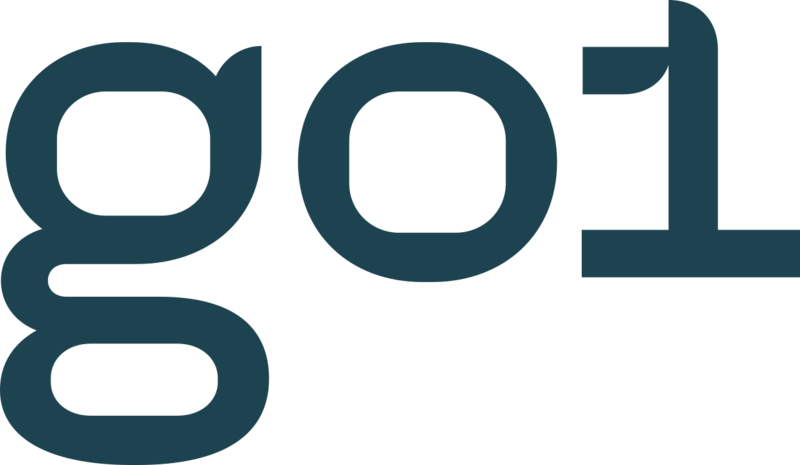ATD Blog
How to Continuously Improve Your Learning Projects
Mon Jul 12 2021

Continuous improvement should be a goal for any agile and motivated L&D team. After all, nothing is perfect. Regardless of the project, there is always room for improvement, which many L&D teams overlook.
To help take your team’s learning projects to the next level, we’ve put together this how-to guide for continuously improving learning projects. We’ll start by analyzing the skills required to evaluate learning projects before discussing tips to improve learning projects and providing a checklist of 10 questions you should ask to improve your learning projects.
Evaluating Your Learning Projects
One of the best ways to improve the quality of your learning projects is to measure their strengths, weaknesses, and areas for improvement (what worked, what didn’t, and what you can do better next time) constantly. Nevertheless, many L&D teams struggle in this area.
Ninety-eight percent of L&D teams say that program evaluation should be a priority. However, only 38 percent of organizations believe that they have this capability. These figures should be concerning for L&D professionals because without the ability to accurately evaluate your learning projects, it is nearly impossible to improve future projects.
Compounding this issue, L&D teams face many frustrating barriers when attempting to evaluate their learning projects. Eighty-one percent of L&D teams say they experience barriers when evaluating their initiatives, with the most common problems being:
The pressure of other business priorities (39 percent)
Lack of learner or management time (38 percent)
Funding (25 percent)
The quality of data collected (20 percent)
The quality of learning systems (19 percent)
L&D’s capability to conduct the evaluation (17 percent)
These findings uncover a few concerning trends. Without high-quality data and learning systems to measure your learning projects, L&D teams are essentially left in the dark, guessing about what moves to make next. Worryingly, the CIPD’s research shows that even when L&D teams gather data, 16 percent rarely use the evidence they have gathered, while 17 percent don’t know how their organization uses the evidence they gather. As such, improved data-gathering should be a priority for any L&D team that wants to measure and evaluate the impact of their learning projects accurately.
What’s more, even when L&D teams attempt to evaluate learning projects, their methodologies leave a lot to be desired. The good news is that CIPD’s 2021 Learning and Skills at Work survey shows that 76 percent of L&D teams evaluate the impact of their learning initiatives, which is an increase from 70 percent in 2020. However, 36 percent of L&D teams evaluate their impact based on participant satisfaction, while 18 percent evaluate their impact based on a change in knowledge or skills. While these are valid metrics, they are somewhat surface-level and fail to investigate behavioral change and broader organizational effects.
Only 13 percent of L&D teams go deeper and assess changes in learner behavior by looking at the transfer of learning into the workplace. Finally, just 8 percent of L&D teams assess the impact of their learning initiatives by evaluating the broader impact on their organization. To truly grasp the impact of your learning projects, these are both vital metrics.
Tips to Continuously Improve Your Learning Projects
While most L&D teams have positive intentions, their impact can be lacking when evaluating learning projects. As mentioned, several factors contribute to this, including lack of program evaluation skills, poor-quality data to benchmark against, lack of time and funding, clashing business priorities, and surface-level evaluation metrics.
To overcome these roadblocks, two key recommendations stand out. Firstly, L&D teams should strive to gather high-quality qualitative and quantitative data throughout the entirety of a learning program, not just after it has concluded.
Secondly, teams should have clearly defined outcomes in mind before engaging in a learning project then gather data to measure the success of your initiative against these desired outcomes. After all, without measurable performance outcomes. It is almost impossible to continuously improve your learning projects.

